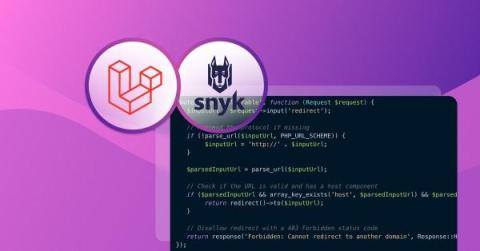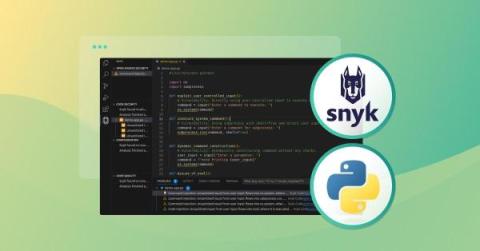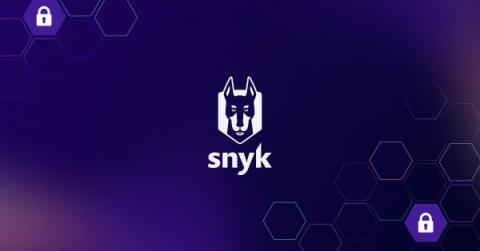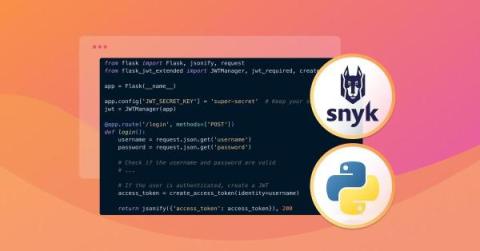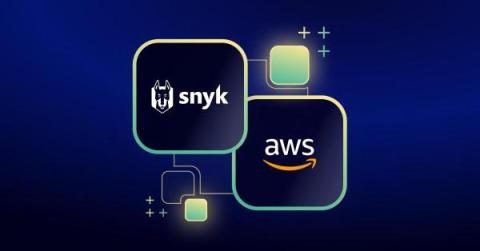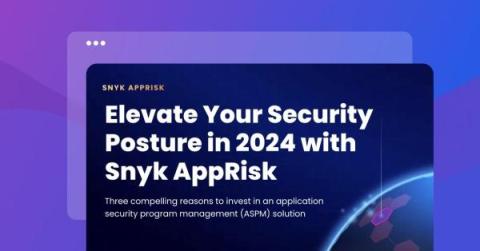How to prevent open redirect vulnerabilities in Laravel
An open redirect vulnerability occurs when a website allows user-supplied input to influence the destination of a redirect without implementing proper validation or sanitization measures. To exploit this vulnerability, an attacker may send users a seemingly trustworthy link, which, when clicked, redirects them to a harmful website, potentially leading to phishing attacks or other malicious activities.


